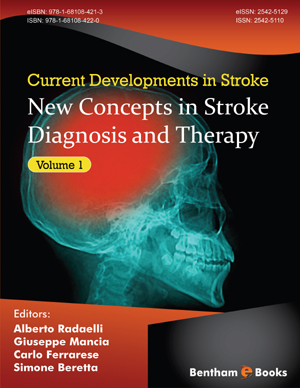Abstract
Following an ischemic insult, the early damage associated with the energy defect gives rise to molecular events, which may occur even during reperfusion to sustain a progression of the damage in the ensuing hours or days. Neuroprotection refers to interventions that are supposed to beneficially interfere with the maturation of the ischemic damage. The post-ischemic molecular events embrace a huge variety of mechanisms. Each mechanism is entangled with others, to configure a pathogenic process that has the characteristics of a near-chaotic phenomenon. To add to the complexity, the ischemic process includes both mechanisms that fuel the pathogenic process promoting cell death, and mechanisms reflecting the effort of the organism to oppose the process.
Interventions aimed to oppose the maturation process activate brain repair and epigenetic mechanisms to promote survival pathways. Examples of potential neuroprotective approaches are: pre- and post-conditioning, hypothermia, and a number of drugs. All the treatments, however, that were proven to be effective in animal models, failed in clinical trials. No unique explanation accounts for the gap between laboratory animal and clinical studies.
Keywords: Acute ischemic stroke, Clinical trials, Experimental stroke models, Ischemic cascade, Ischemic conditioning, Mynocycline, Neuroprotection, Therapeutic hypothermia.






















